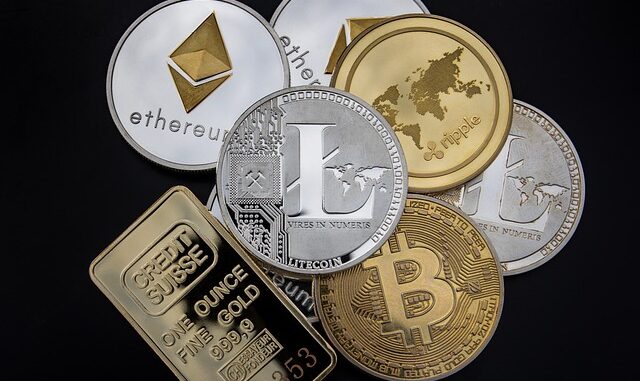
Amidst the global fascination with digital currencies, Russia has adopted a decisive posture by instituting a sweeping prohibition on cryptocurrencies, set to be enacted on September 1st. This landmark decision signals a pivotal redirection in the nation’s financial regulatory policy, underpinning an effort to shield the Russian ruble and fortify economic sovereignty amidst the encroachment of burgeoning alternative currencies such as Bitcoin.
Central to Russia’s economic defense is the unwavering dedication to uphold the ruble as the cornerstone of its national economy. Russian legislators, spearheaded by Anatoly Aksakov, chairman of the State Duma Committee on the Financial Market, have clearly articulated their objective to outlaw the circulation of cryptocurrencies. Aksakov has emphatically voiced the necessity of preserving the ruble’s status as the sole official currency of Russia, echoing the broader economic strategies pursued by the government.
Far from being a mere regulatory adjustment, this move is a definitive declaration of Russia’s determination to safeguard its financial domain from the potential upheaval posed by the burgeoning prominence of digital currencies. Russia’s approach is dual-faceted: it simultaneously targets the eradication of decentralized cryptocurrencies while laying the groundwork for the introduction of a state-endorsed digital currency.
The Bank of Russia stands at the forefront of this regulatory crusade. Olga Skorobogatova, the bank’s first deputy chairman, has envisaged the potential for a Central Bank Digital Currency (CBDC) to achieve broad acceptance by 2025. With approximately 25,000 digital ruble transactions already under its belt, the Bank of Russia is actively paving the way for the integration of digital financial assets within its regulatory purview. This tactic illustrates Russia’s methodical plan: to ban unregulated digital currencies while nurturing the growth of a regulated digital ruble.
The ban encompasses a wide array of transactions involving digital currencies such as Bitcoin, with the notable exception of digital financial assets issued on Russian soil, including the digital ruble. This policy distinction highlights the Russian government’s intent to harness the advantages of digital finance through controlled mechanisms that bolster, rather than undermine, the ruble’s hegemony.
The adoption of rigorous cryptocurrency regulations is indicative of a broader Russian strategy to mitigate the influence of alternative digital currencies. By curtailing their circulation, the authorities aim to fortify the ruble’s position and ward off external economic hazards. The ban is not merely defensive; it is a proactive stance to oversee the usage and flow of digital currencies, ensuring the stability and value of the ruble.
President Vladimir Putin’s endorsement of a digital ruble pilot scheme in the preceding summer is congruent with Russia’s dedication to exploring the feasibility of a CBDC. This initiative is a component of a larger vision to modernize Russia’s financial infrastructure while preserving the ruble’s unrivaled status. Consequently, the prohibition of cryptocurrency transactions emerges as a critical facet of Russia’s strategy to navigate the digital currency landscape and shield the national economy from potential volatility.
As the September 1st enactment looms, the anticipated ramifications of this ban are poised to significantly reshape Russia’s digital financial milieu. The imposed restrictions on the utilization of digital assets in domestic transactions are intended to curb their proliferation and underpin the ruble’s steadiness. This assertive measure reflects Russia’s resolute intent to regulate the digital currency market and preclude competing currencies from undermining the ruble’s preeminence.
In this context, Russia’s latest cryptocurrency policy marks a watershed moment in the nation’s commitment to safeguarding the ruble as the sovereign currency. The comprehensive ban articulates Russia’s determination to protect the stability and primacy of the ruble, underlining a deep-seated resolve to uphold its currency’s dominance amidst the digital financial transformation. As the international community watches, Russia’s avant-garde approach may well set a precedent for how other countries navigate the complex interplay between traditional monetary systems and the burgeoning digital currency sector.

Be the first to comment